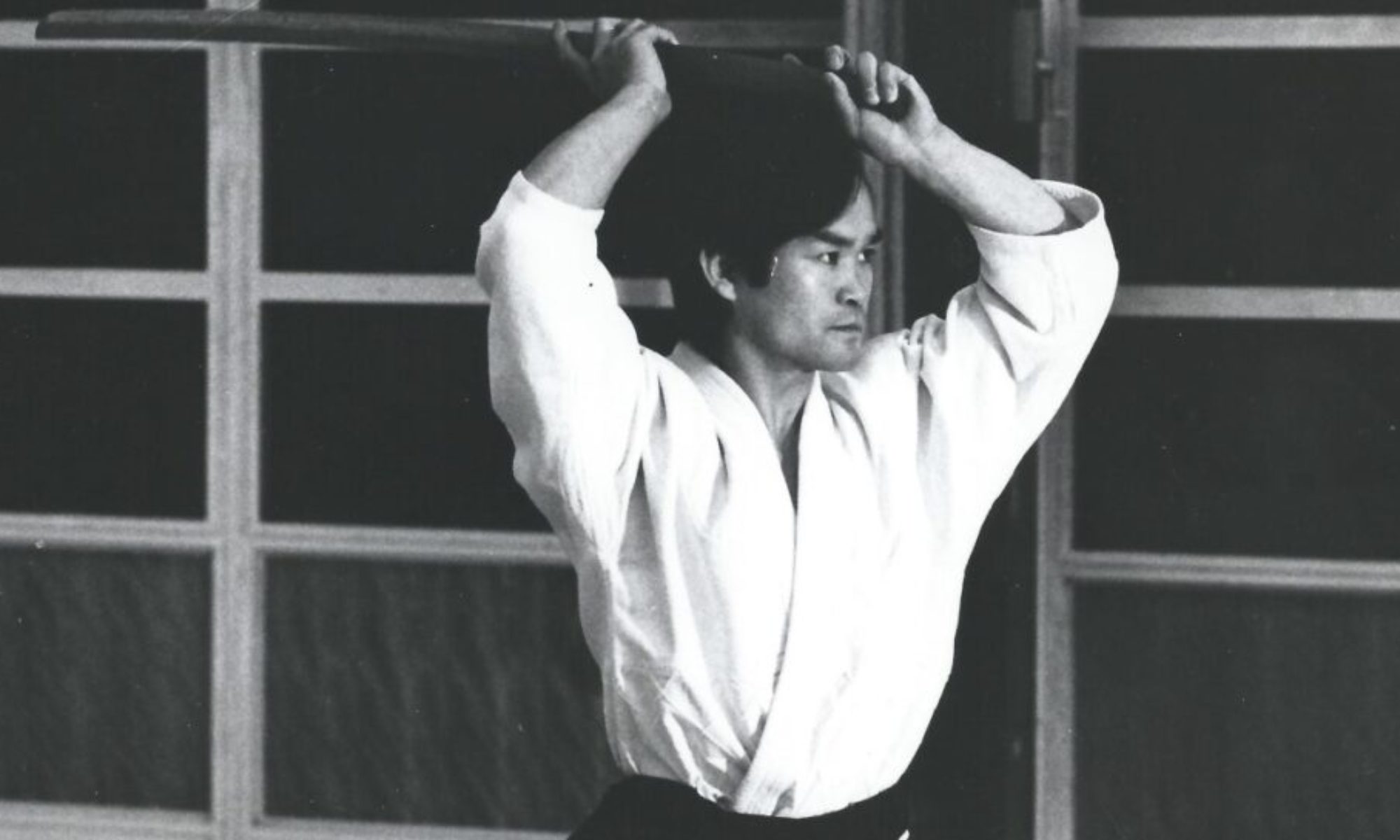By Tim Reynolds, North Country Aikikai
What I knew of Frank Apodaca Sensei before Summer Camp of 2015 in Tacoma WA, were a few tales of training in the “old days”, and that he’s the tall guy with bushy hair taking lots of ukemi for the 5th – 1st kyu Technical Guidelines videos. Although I still had not met him at Summer Camp, it was a pleasure to have had my first experience of his teaching during a weapons class outside in the grass at a training weekend in Florida this last April. Since then, North County Aikikai was very fortunate and honored to host the Birankai Southern California Regional Seminar this last May featuring Apodaca Sensei as our guest instructor. It was truly an inspirational weekend of training not only for myself but also for everyone I’ve discussed the seminar with since. Although he made many points during the weekend, there were two that stood out the most for me. He made a point to explore “all one body”, and demonstrated the importance of hip movement and uke providing a “true attack”. I feel honored to give my interpretation of a few concepts Apodaca Sensei focused on during this seminar.
“All one body” or “body oneness” as he pointed out is a key element of a complete aikido movement. During the early period of aikido training students are mostly learning left foot, right foot, step in, step back, strike this way, fall that way and so on. As we progress and as we become more proficient, all the pieces and body movements need to come together as one. He took us through several exercises and movements to demonstrate this point. An emphasis was placed on all one movement as well. Instead of thinking of all the movements through a technique as pieces of a part, think of the movement as all one piece: everything all one. It’s a simple idea but very hard to do.
Move your hips. More….really move your hips. Certainly, we hear about moving your hips commonly but Apodaca Sensei emphasized hip movement as essential to achieving a full movement to incorporate all one body. We were instructed to “sink” our hips while practicing as both nage and uke. For nage, Kokyo Ho is a good technique to really turn and sink your hips. For uke, “open” your hips when responding to Tai No Henko. He demonstrated using your hips rotating from side to side when practicing backward rolling ukemi as well. Furthermore, he went on to make a point of how your shoulders and feet can prevent hip movement. If your shoulders are tight and unmoving, or if your feet are planted and unmoving, then your hips will not move- not very well anyway. There was a great emphasis on hip movement.
Provide a true attack. This point resonated with me as it’s something I often think about and try to be mindful of. For aikido to be aikido there must be intent from an attack that causes you to feel that you must respond. The martial art of Aikido is to use an opponent’s force, energy, and motion and redirect it. If your training partner is pulling a punch or stopping because they do not want to hit you, then you do not have a force or energy to redirect. Then it simply becomes a kata and not a martial art. Apodaca Sensei made a great point of this, and insisted that uke provide an attack that was meaningful. He demonstrated not moving if he didn’t feel “threatened” by the attack. This was very interesting as it pointed out how often your training partner will not hit you if you don’t move. He went on to mention that the attack doesn’t necessarily need to be hard or fast but that it just needs to follow through. This is essential for developing proper timing and response.
When I finally got to meet Apodaca Sensei at the training weekend in Florida last April, I mentioned to him that I enjoyed the weapons class at Summer Camp in Tacoma. He asked me what I liked about it. I said that I appreciated the clarity and precision of his weapons. I was inspired during the following Birankai Southern California Regional Seminar by his teaching and have come to realize that he has that clarity in all of his Aikido. I was also inspired by his conditioning. He stretched our limits with a good deal of conditioning exercises that we typically don’t see and that was great. Although there were a good many concepts explored during the regional seminar, the aforementioned are what stood out for myself and others. The integration of these concepts is what I understand he means by “all one body”. Thank you, Apodaca Sensei, for your time, energy and teaching!
